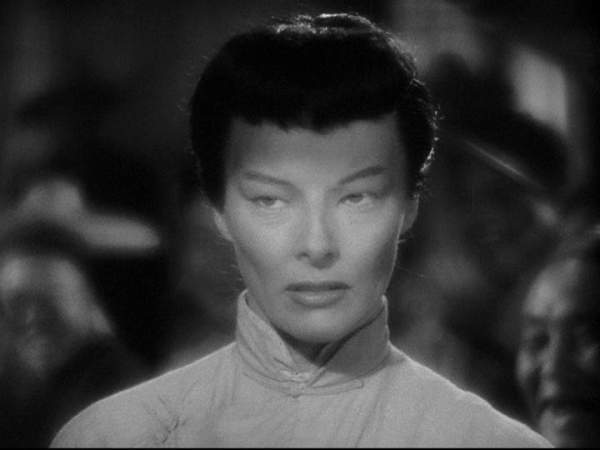Should Kristin Chenoweth Play Paul Robeson?

Yes, I realize that the question is ridiculous. But please don't take offense: I merely wanted to find a startling way of pointing out that the complications of casting a play seem to grow more tangled by the minute.
Indignation on the matter seems to run high these days, especially among the young, who've grown up in a world more sensitive to the issues involved. My views, on the whole, coincide with theirs; if the title of this column seems to come from the other side, it's because I believe in the importance of pointing out that, as with any great question, there are two sides. And we'll never get anywhere till we see, ultimately, that both have to be addressed.
My notions on the subject, I fear, are complex. I'm a believer in what's commonly called nontraditional casting — when it works. I am a believer in equality and equal opportunity for artists of equal ability. Also, I am very much a believer in a theater that makes sense to its audiences while fulfilling its artists' needs. But these beliefs don't always sit quietly together like well-behaved children. They hardly could, living in a world where many prominent adults behave so badly that it's a miracle when children or beliefs hold still at all.

Nontraditional casting did not start as an aesthetic principle, but as an attempt to redress the theater's share in a very large social and political failure: the exclusion of people of color, particularly African-Americans, from equal consideration. White actors, like the dominant figures in other realms of a white-ruled society, had taken for granted a sense of privilege which gave them the bulk of the opportunities that should rightly have belonged to others. Until the civil rights movement began intensifying in the 1950s, casting white actors as blacks, Asians, and Native Americans was normal procedure; to see a black actor in an African-American role was the exception. The authors of Show Boat (1927) had written the role of Joe for the much-lauded, young singing actor Paul Robeson. When he proved unavailable, because of other commitments, they cast another African-American, the popular Harlem baritone Jules Bledsoe. But they saw nothing unusual in casting, as Joe's wife, Queenie, a white woman in blackface — the vaudeville star Tess Gardella, who performed under the stage name "Aunt Jemima."
It's important to note that the issues here are matters of fairness and common sense, not of artistry. Gardella, a gifted and entertainingly showy performer, gave the role her all, as two numbers filmed on the set of the original production demonstrate. But there were perhaps 500 women of color, some of them working the same vaudeville circuits as Gardella, who could have done the role just as well, if not better. And the authors must have realized a question of authenticity was also involved, because when Robeson finally played Joe, in the first London production (1928), they cast opposite him the noted African-American blues singer Alberta Hunter, who can be heard on the original London cast recordings.

This patchwork indeterminacy was the "tradition" that nontraditional casting was first intended to redress, since it was nonsensical as well as unjust. Why go to the trouble of painting people a different color and pasting stereotyped attitudes on them when skilled actors of the actual color were available and the attitudes were better done away with? The tradition hit its nadir in Hollywood when MGM released Dragon Seed (1944), a movie about Chinese resistance to the Japanese invasion, in which the heroic Chinese peasants included Katharine Hepburn, Agnes Moorehead, and Walter Huston, while the invading Japanese army was made up of Chinese-American extras — most of Hollywood's Japanese having been confined to internment camps for the duration of the war.
Clearly, such absurdity had to end. There was, however, an additional matter: Cultivated Americans, believing that in a democracy the classics should be equally accessible to all, began to feel that it was equally absurd to impose racial barriers on the casting of classic works. As Lorraine Hansberry asked in a widely discussed early-1960s essay, "Who ever said Queen Titania was white?" Earlier moves in this direction had included the 1937 Broadway casting of Jack Carter as Mephistopheles to Orson Welles' Dr. Faustus, and, in 1946, that of Canada Lee as Bosola to Elisabeth Bergner's Duchess of Malfi (though Lee played the role in whiteface, itself another first for Broadway). But then the story moves rapidly forward, as I'll show next week.
To read part II of this "Thinking About Theater" column, click here.
Michael Feingold has twice won the George Jean Nathan Award for Dramatic Criticism, most recently in 2015 for his "Thinking About Theater" columns on TheaterMania, and has twice been a finalist for the Pulitzer Prize in Criticism. He serves as chairman of the Obie Awards and has also worked as a playwright, translator, and dramaturg.










